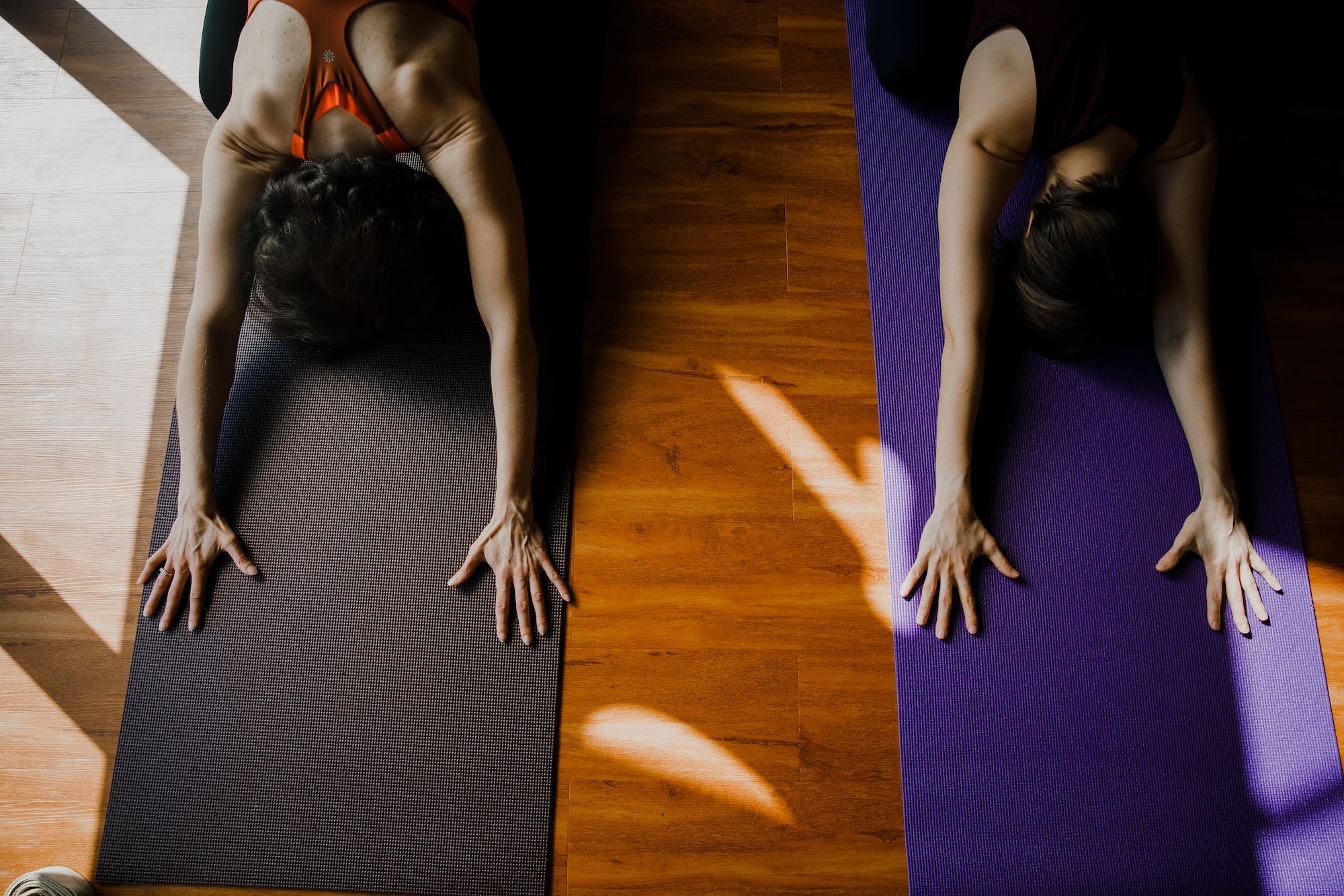Here’s a true confession from most yoga teachers: we always go faster on the second side. This happens for a variety of reasons, prime among them that we have said all our best cues on the first side and haven’t grown comfortable with silence, or that we have mismanaged time and see the clock ticking. Once you recognize these common reasons, you can begin to correct them.
Too many words. Don’t recite a laundry list of everything you have to say about a pose at its introduction. Instead, save some of your cues for the second side or the next round. Give no more than three instructions on the first side or instance of a pose. If they land well, students won’t need much direction on the second side. This frees you to be quiet, to add some metaphorical or figurative language, or to point back to the theme you introduced at the start of class as you reach the second side.
Unawareness. Use a watch, or keep your eye on the clock. It’s easy with a little practice. Leave room for students to stay a little longer than your cueing or to move out of a pose sooner than the official cue comes. One way to do this is to slot in a neutral or symmetrical pose after every long-held asymmetrical pose. For example, follow a reclining twist with a cobbler pose or a bent-knee savasana, then lead the twist on the other side and remind students that they know their bodies best and thus will know best when to move back to neutral.
Record your class, and you’ll quickly see where the second side doesn’t get its due. My free guide, The Fastest, Cheapest, and Best Way to Improve Your Teaching, will help you with this important self-improvement project. So will The Professional Yoga Teacher’s Handbook!

